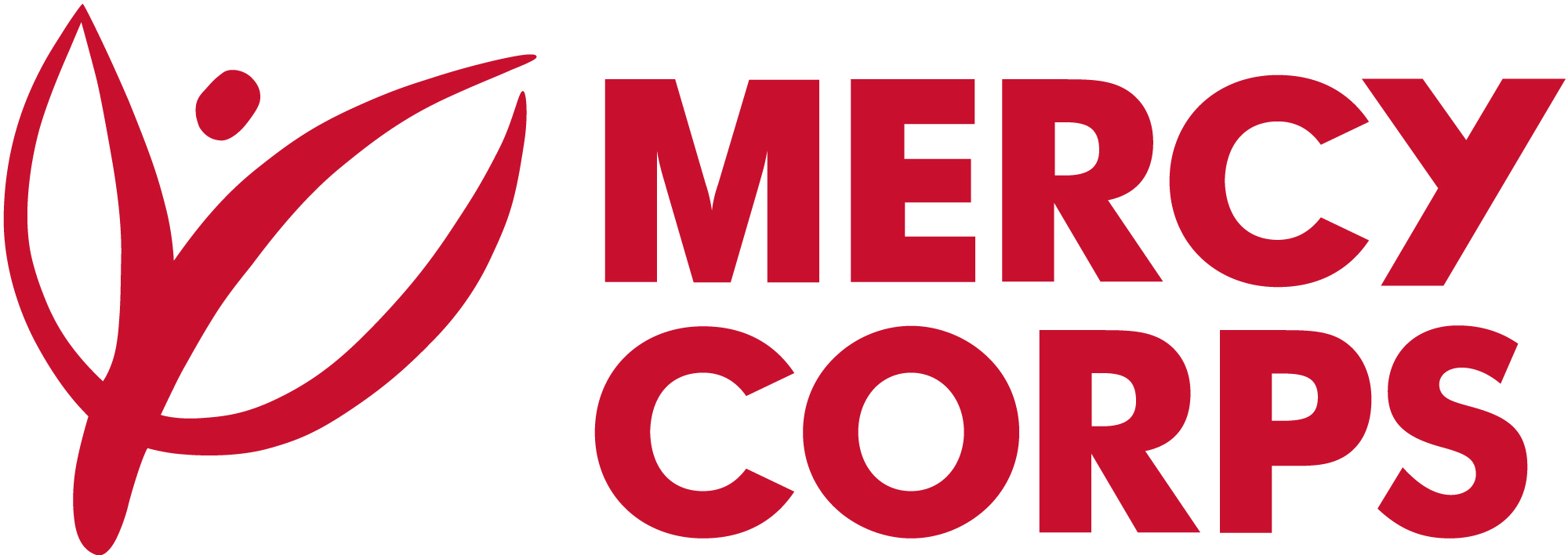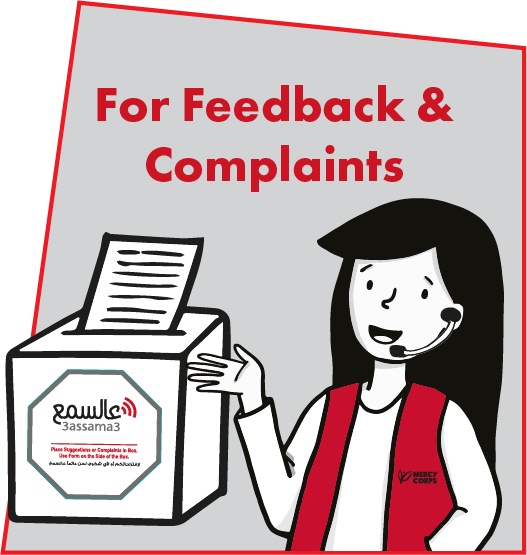Introduction:
-
This study, a collaboration between the Mercy Corps Lebanon Crisis Analytics Team (LCAT) and the Danish Refugee Council (DRC), examines the barriers facing vulnerable Lebanese when trying to access assistance, in an effort to develop recommendations for the broader humanitarian aid response in Lebanon.
In this context, the DRC conducted a survey of 744 Lebanese citizens distributed over six Lebanese governorates to gather data on the main challenges facing Lebanese families; their relationship with aid organizations, both local and international; and barriers to accessing aid.
The survey was implemented by B.O.T in late 2021, and the results were shared with Mercy Corps’ LCAT team for analysis. Additionally, key informant interviews were conducted with humanitarian stakeholders, and the LCAT team analyzed data from the 2022 Lebanon Multi-Sector Needs Analysis (MSNA) as well as from DRCs referral information management system (RIMS) for the period 2021 to 2022.Recommendations and key findings:
- Aid outreach must be tailored for each region, as the results show regional differences in people’s preferences on the types of information they want to receive and the ways they prefer to receive it. Notably, Baalbeck-Hermel and Beirut were the least informed about the work of international aid actors. Over 75% of respondents did not know how to contact international aid organizations if needed.
- While the majority of those surveyed in late 2021 had not engaged with international aid organizations, nor knew anyone who had, there were significant variations between regions, with respondents from Baalbeck-Hermel and Mount Lebanon being the least likely to have done so. Reasons for not reaching out to international organizations varied, meaning further research into the perceptions of seeking aid is required to understand what drives or prevents people from reaching out for assistance when they need it.
- Perceptions concerning the “fairness” of international aid delivery were mixed, although across the board many perceived aid delivery as “unfair”. In particular, 56% of respondents who believed that support levels are not sufficient also believed that aid is not fairly distributed.
- These findings emphasize the importance of improving communication about assistance provided by the international aid response to the Lebanese population. This could be done by HC/RC in the form of developing a joint UN and NGO communication plan, highlighting the assistance that has supported Lebanese institutions and populations across the country.
- When seeking information on aid and assistance, the majority of respondents stated that personal networks, social networks, and social media were the most important sources of information within their communities. Aid actors should consider using local communities and networks when seeking to inform and connect with the most vulnerable individuals.
- Older age groups appear to be more uninformed, although they can be one of the most vulnerable population groups. Therefore, developing appropriate mechanisms for reaching out to this group is essential. Eighty-nine percent of those aged 65 and over reported that they did not know how to contact international aid organizations.
- Given that the majority of Lebanese seem to lack information on international organizations’ support and presence, and the ways to reach them, it would be beneficial to hold large-scale community-level awareness sessions at which Lebanese are provided with basic information about NGOs, including locations, working hours, contact information, and explanation of programs and projects. Relying on one-to-one communication either over the phone or in person is encouraged instead of mass messaging when reaching out to potential beneficiaries.
By Crisis Analytics Team, Mercy Corps Lebanon



